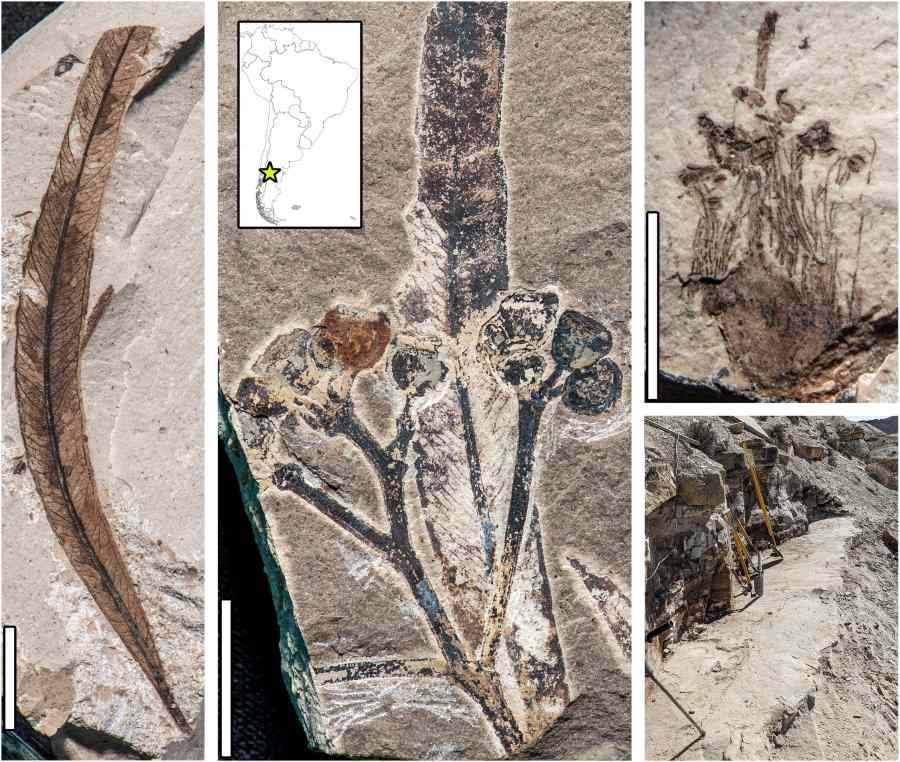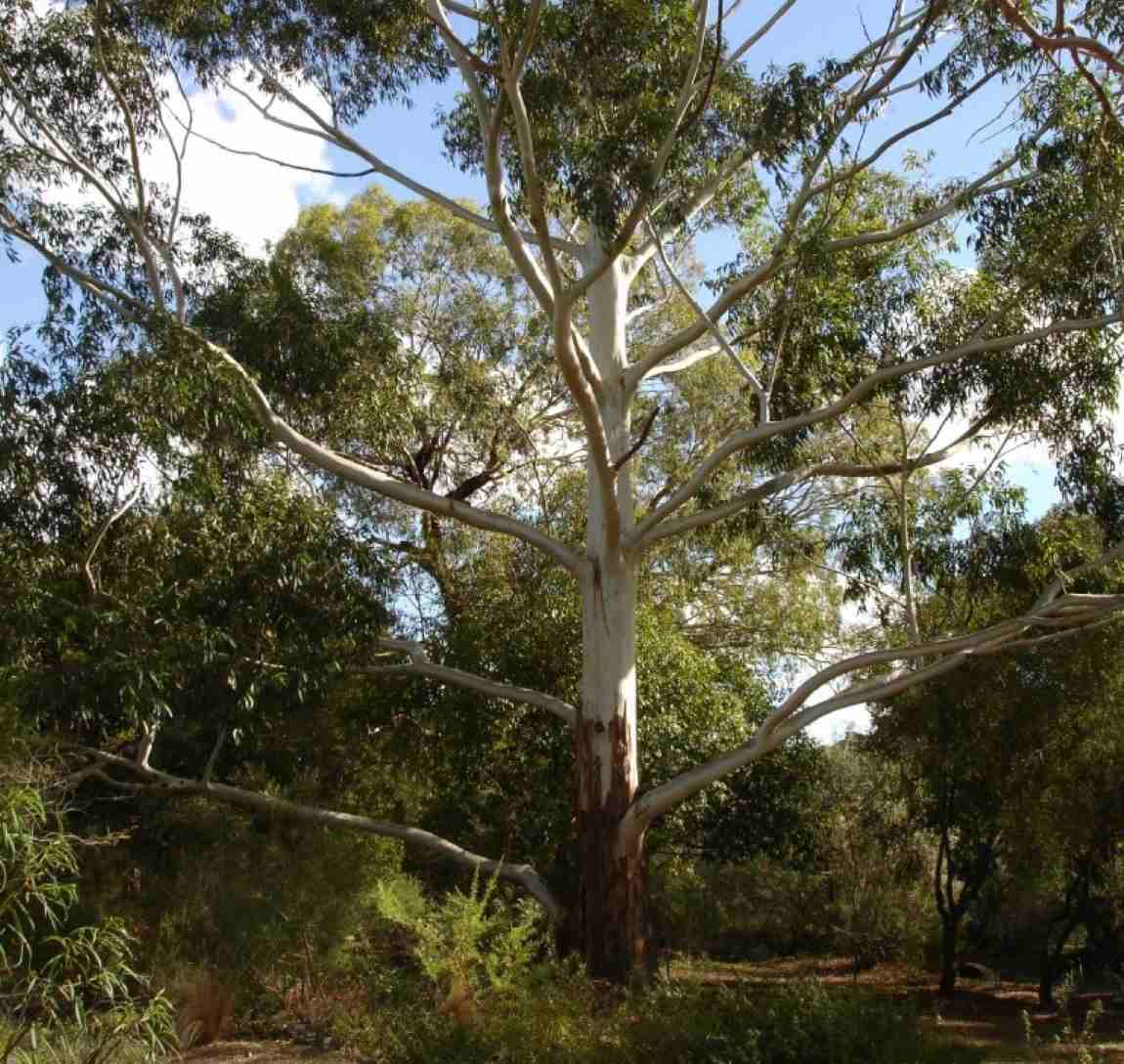A new study challenges the common portrayal of Australian tall eucalypt forests (TEFs) and rainforests as ecological adversaries.
Fossil records, including Early Eocene specimens from Argentina and Cenozoic deposits from Australia, reveal that biodiverse rainforests with eucalypts existed over 50 million years ago in humid, nonfire-dominated environments.
Researchers argue that the dominance of fire-adapted eucalypts is a recent phenomenon linked to grassland expansion, climate cycles, and human activity. Misinterpretation of these forests’ shared evolutionary history has fueled damaging management practices, including burning near rainforest edges. The research emphasizes the need to prioritize the restoration and study of rainforest margins, which preserve globally significant ecological interactions.

What fossils reveal about ancient Australian forests and fire
Australia’s forest ecosystems, renowned for their extraordinary diversity of rare plants and animals, also play a vital role in mitigating climate change by absorbing and storing carbon. However, fossils from these ancient forests are reshaping the understanding of modern forest management practices. According to Peter Wilf, professor of geosciences at Penn State, current methods, including prescribed burning, may be disrupting the delicate ecological balance.
Wilf and Robert Kooyman, an honorary research fellow at Macquarie University, examined fossil evidence from across the Southern Hemisphere to better understand the history of these forests, specifically how tall tropical eucalypts – a tree species more than 200 feet tall in eastern Australia – interact with rainforests and whether today’s significant fire interventions are necessary.
The researchers’ findings, published in New Phytologist, challenge the prevailing narrative that eucalypt forests are under siege from expanding rainforests, a view that has driven the widespread use of protective burning of rainforest edges.
Penn State News spoke with the researchers about the shared history between these ecosystems, which they said has been obscured by human activity and misinterpretation, and prioritizing the restoration of rainforest margins and the preservation of their globally significant ecological interactions that have persisted for eons.
Q: What issues do you see affecting how Australia’s famously diverse rainforests and eucalypt forests are managed?
Kooyman: The issues emerge from misconceptions about the history and dynamics of these forests, which are globally recognized for their biological importance. Current management often treats eucalypts and rainforests as adversarial, suggesting competition despite the reality of substantial rainforest loss over time. The hotly debated result is that fire is commonly used to contain what is ironically described as invasive rainforest, which actually contains extremely diverse native vegetation with many threatened plant and animal species.
Q: Why are fossil evidence from South America and Australia important for understanding the history of these ecosystems?
Wilf: Stunning recent fossil discoveries show that eucalypts and rainforests interacted across the Southern Hemisphere as a single system for tens of millions of years before humans, without fire for most of that time. The oldest fossil eucalypts are not from Australia but from the other side of the Gondwanan supercontinent in Argentina, from 52 million years ago. These exquisitely preserved fossils include hundreds of flowers, fruits and leaves. At that time, there were volcanoes and landslides but no evidence of widespread fire, and the eucalypts intermixed with many of the same rainforest plants as today in Australia. Fire became a feature of these vegetation interactions in Australia perhaps five million years ago, and the fossils show that the system adapted and maintained itself well before humans appeared.
Q: How does historical knowledge from fossils guide modern conservation efforts?
Wilf: The fossils show that eucalypts and rainforests have interacted as one self-maintaining, expanding and contracting system though geologic time. After 50 million years of success before humans existed, today’s large-scale fire interventions are clearly unnecessary. Fire significantly degrades natural rainforest margins, which have ancient evolutionary histories of significant importance for Australia’s World Heritage values — the cultural or natural significance a landmark possesses. Burning tropical rainforest margins to protect eucalypts ignores both this deep-time history and human modifications, through which carbon-rich, biodiverse rainforests have already lost more than twice the area of tall eucalypt forests.
Q: What restoration steps would you suggest to protect rainforest boundaries?
Kooyman: Rainforest boundaries are dynamic interaction zones where tree species with different life histories and ecological strategies interact as part of ecosystem processes. These processes require room for movement and response to changing circumstances. Protecting and restoring rainforest edges through reduced grazing, logging and development will buffer rainforests from extreme conditions and wildfire, while allowing giant eucalypt trees to re-emerge. Burning away from the rainforest edges, not into them, will enhance rainforest resilience to climate extremes and protect forest structure, habitat and evolutionary processes.
Q: What benefits do you see from your approach?
Wilf: We hope our piece stimulates significant planning discussions and actions for managing these forests from a much broader historical perspective. Informed actions will allow giant eucalypts to re-emerge and protect forest dynamics, essential wildlife habitats and traditional knowledge. Implementation will create scientific opportunities, including state-of-the-art ecological assessments and improved monitoring of endangered species. The rewards will be considerable, including improved health and resilience of the linked ancient rainforests and tall eucalypts, thereby increasing the value of Australian contributions to biodiversity and World Heritage.
Journal Reference:
Peter Wilf, Robert M. Kooyman, ‘Paleobotany reframes the fiery debate on Australia’s rainforest edges’, New Phytologist (2024). DOI: 10.1111/nph.20301
Article Source:
Press Release/Material by Penn State
Featured image: Eucalyptus grandis Credit: HelloMojo | Public Domain via Wikimedia Commons




